The grandfather of climate science, Milanković’s theory of a complex feedback loop–driven climate would come to define the field.
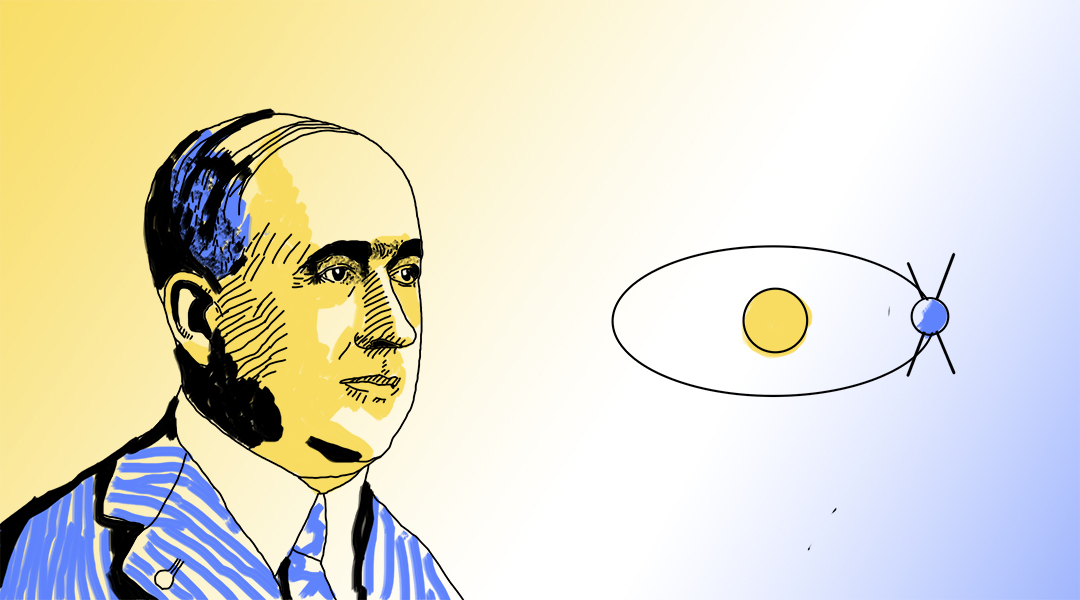


The grandfather of climate science, Milanković’s theory of a complex feedback loop–driven climate would come to define the field.

Leopards, it would seem, are the kings of flexibility and adaptability in the big cat kingdom — lazy human aphorisms be damned.
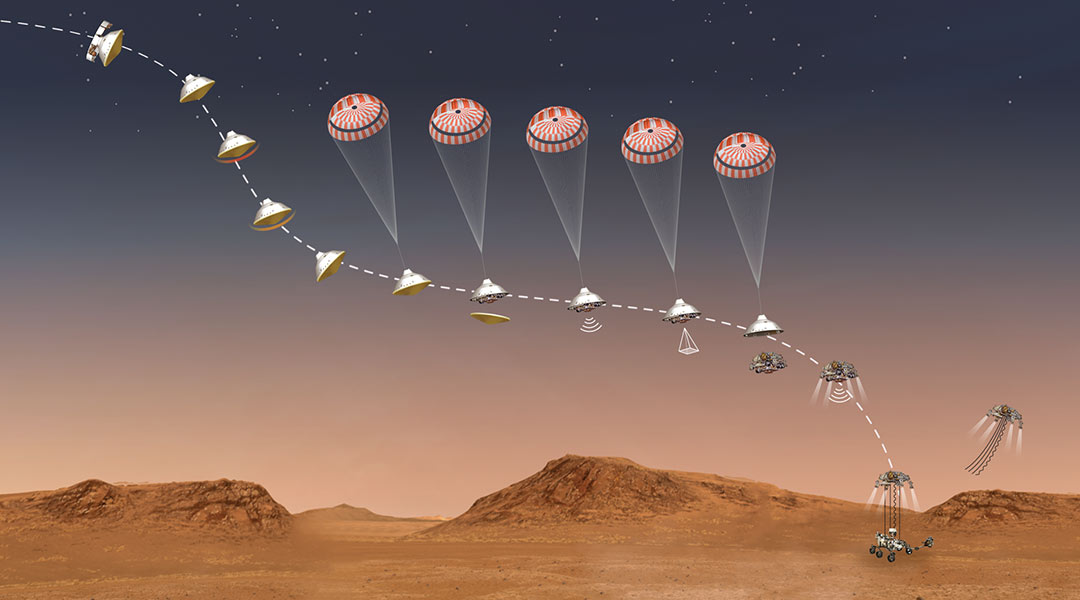
Before the Perseverance rover can begin its exploration of Mars, it must first stick the landing.
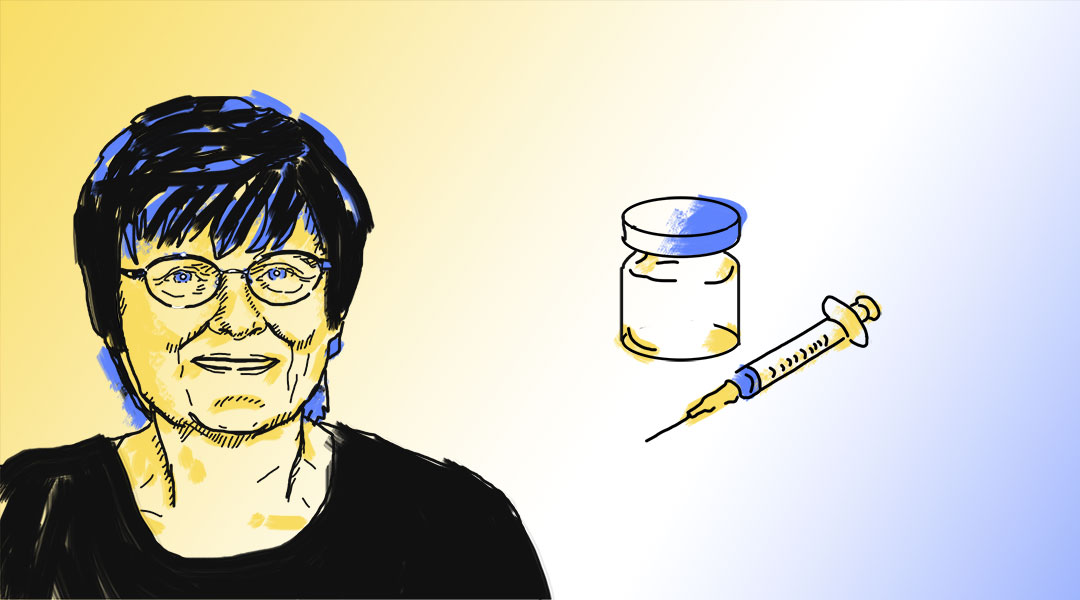
Demoted from her tenure track position in the mid 90s, Katalin Karikó persisted with her research into RNA therapeutics and is now senior vice president of BioNtech.
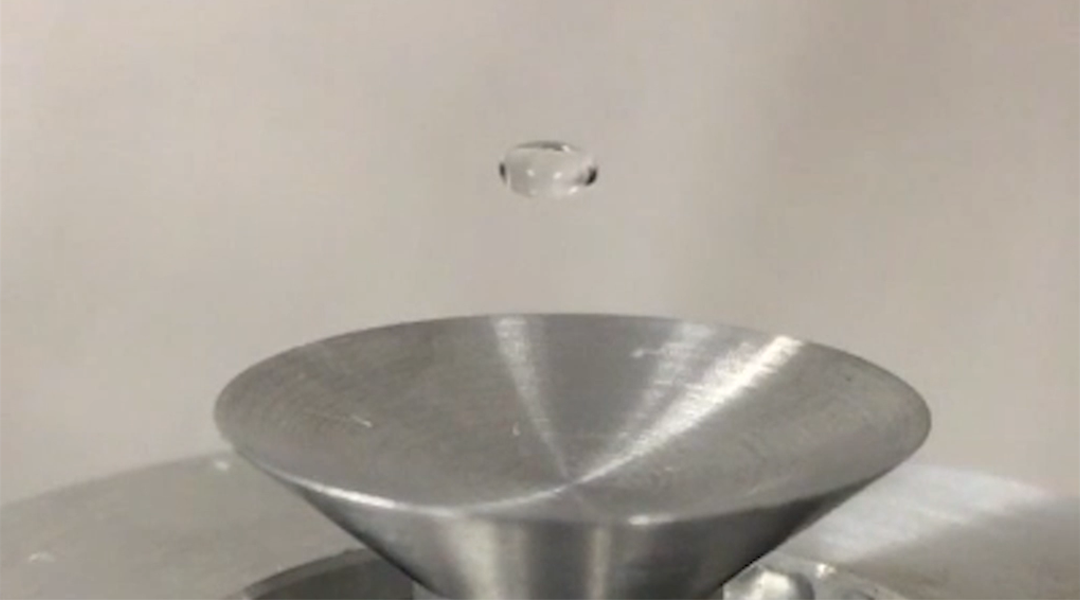
Using ultrasonic standing waves, researchers levitate droplets of solvent, which can be used for chemical reactions.
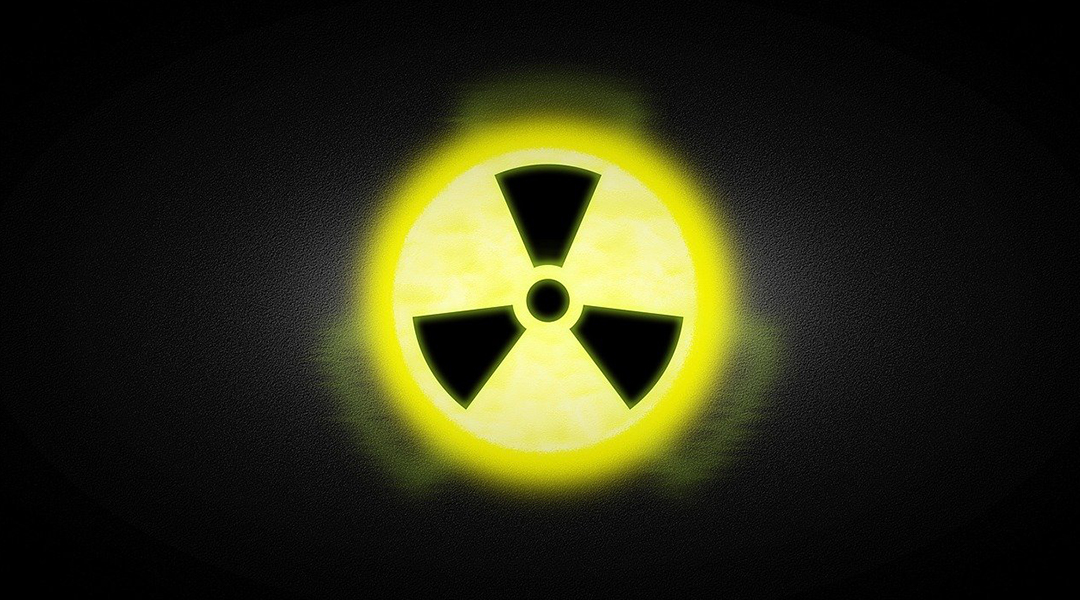
The process of detecting gamma rays causes serious damage to those detectors. Researchers have developed a large, self-healing crystal that might help to solve this problem.
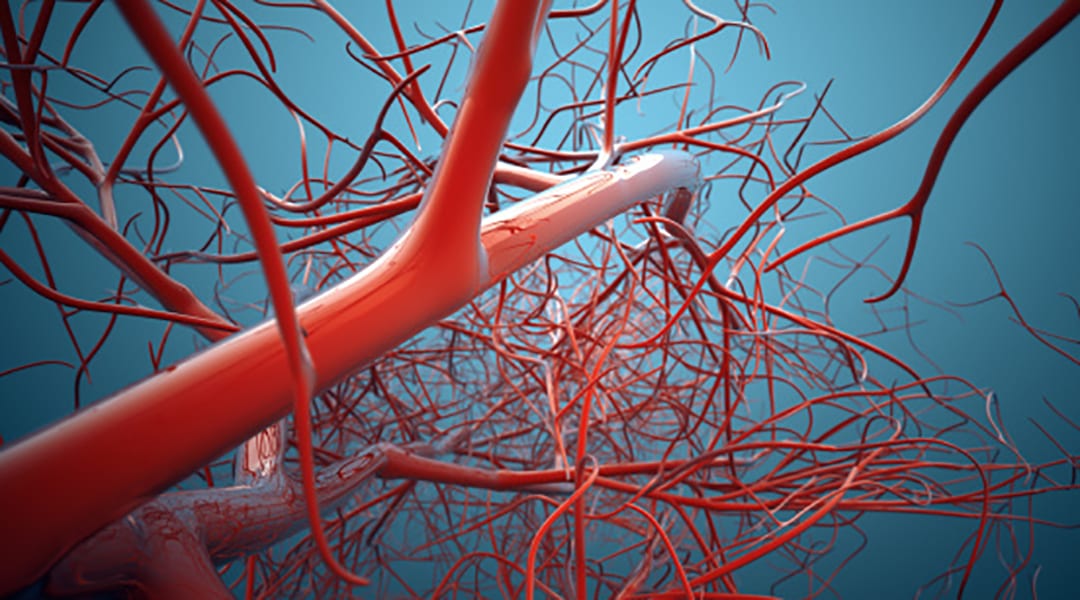
Blood pooling in venous valves is a key risk factor in deep vein thrombosis. A new model is used to better understand how this occurs.
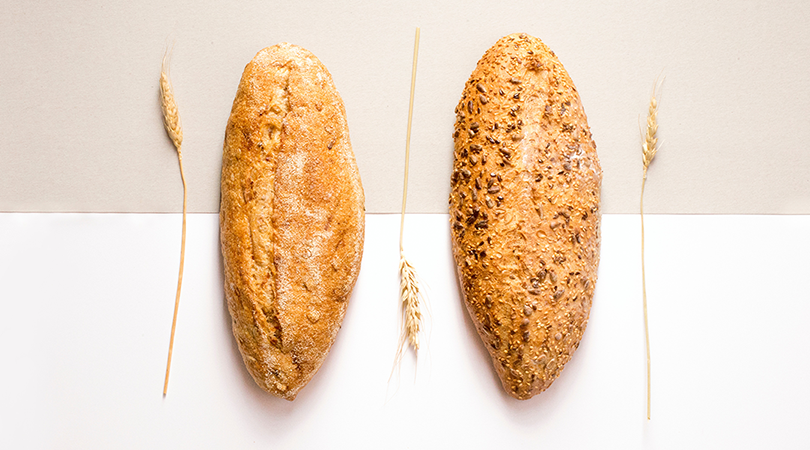
Understanding how gluten affects the gut is a key to understanding whether gluten-free diets are merely a fad or based in solid science.
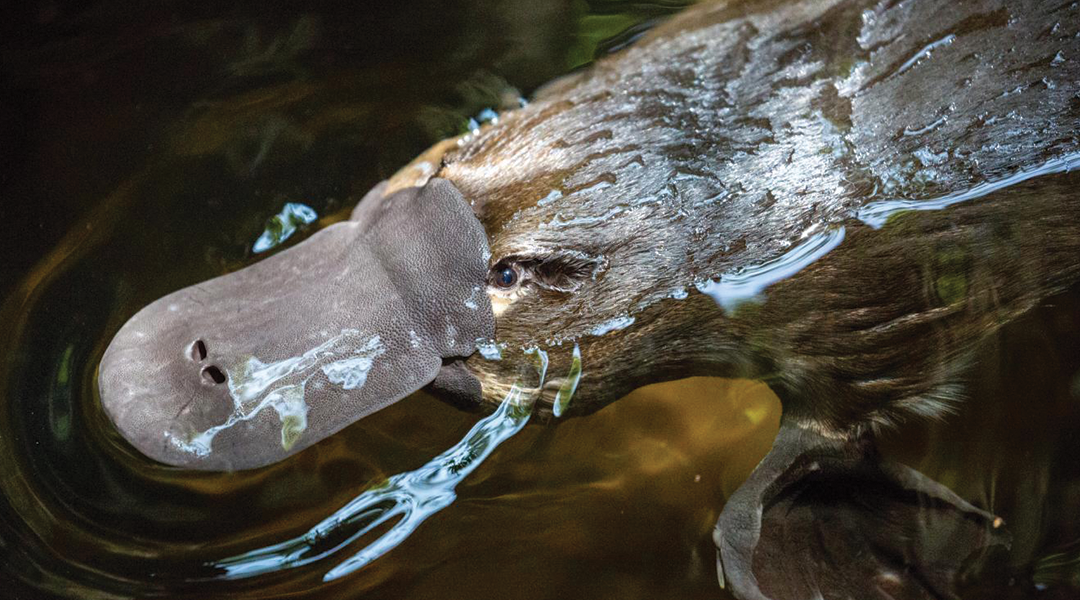
This phenomenon is spread over such a broad range of the mammalian evolutionary tree that researchers are beginning to wonder if the “proto-mammal” shared the same trait.
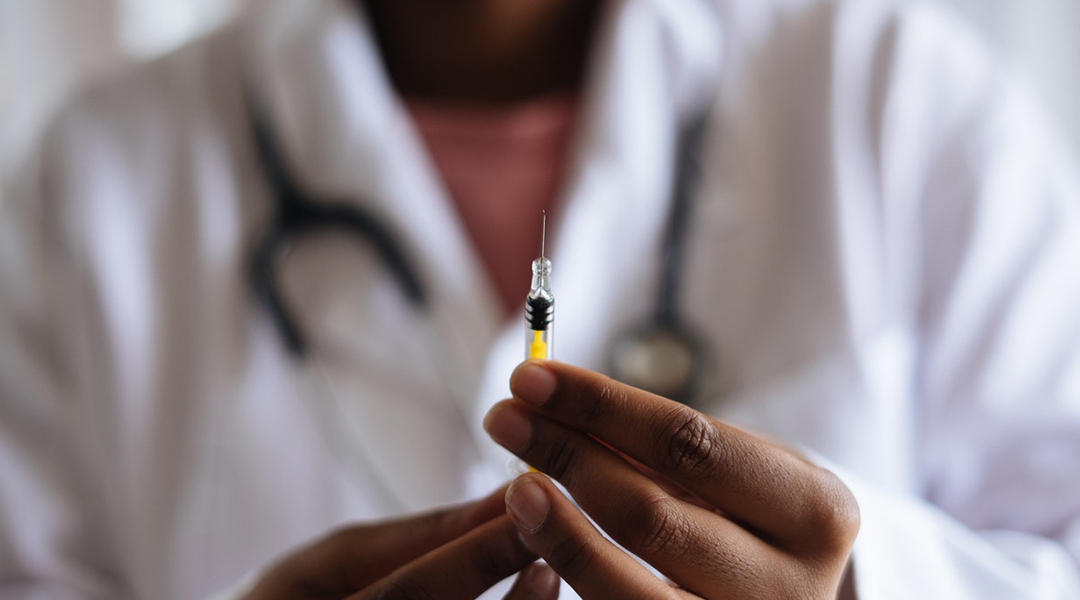
A new vaccine adjuvant, which helps stimulate the immune system, has been developed based on two chemicals that are produced by the body.